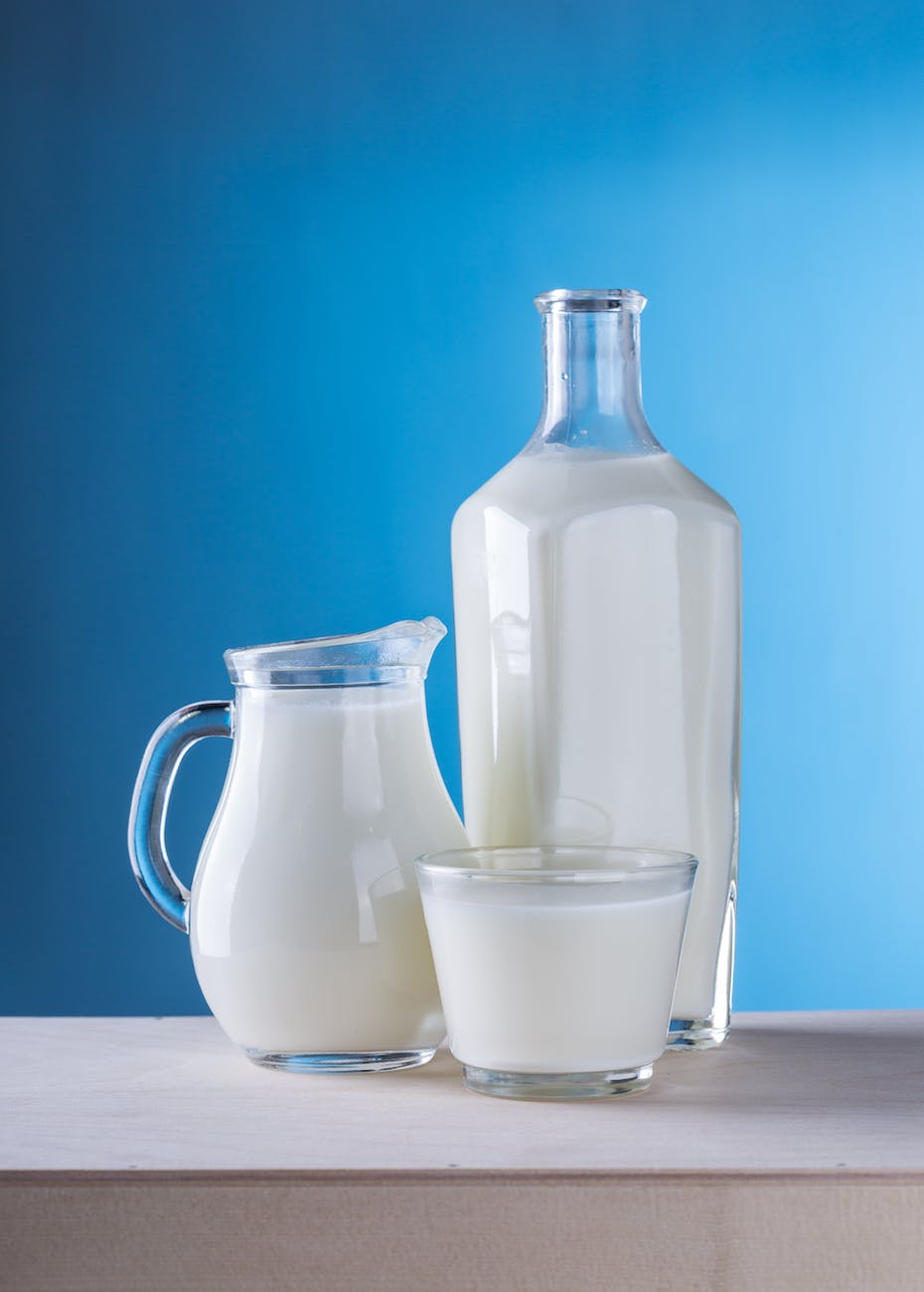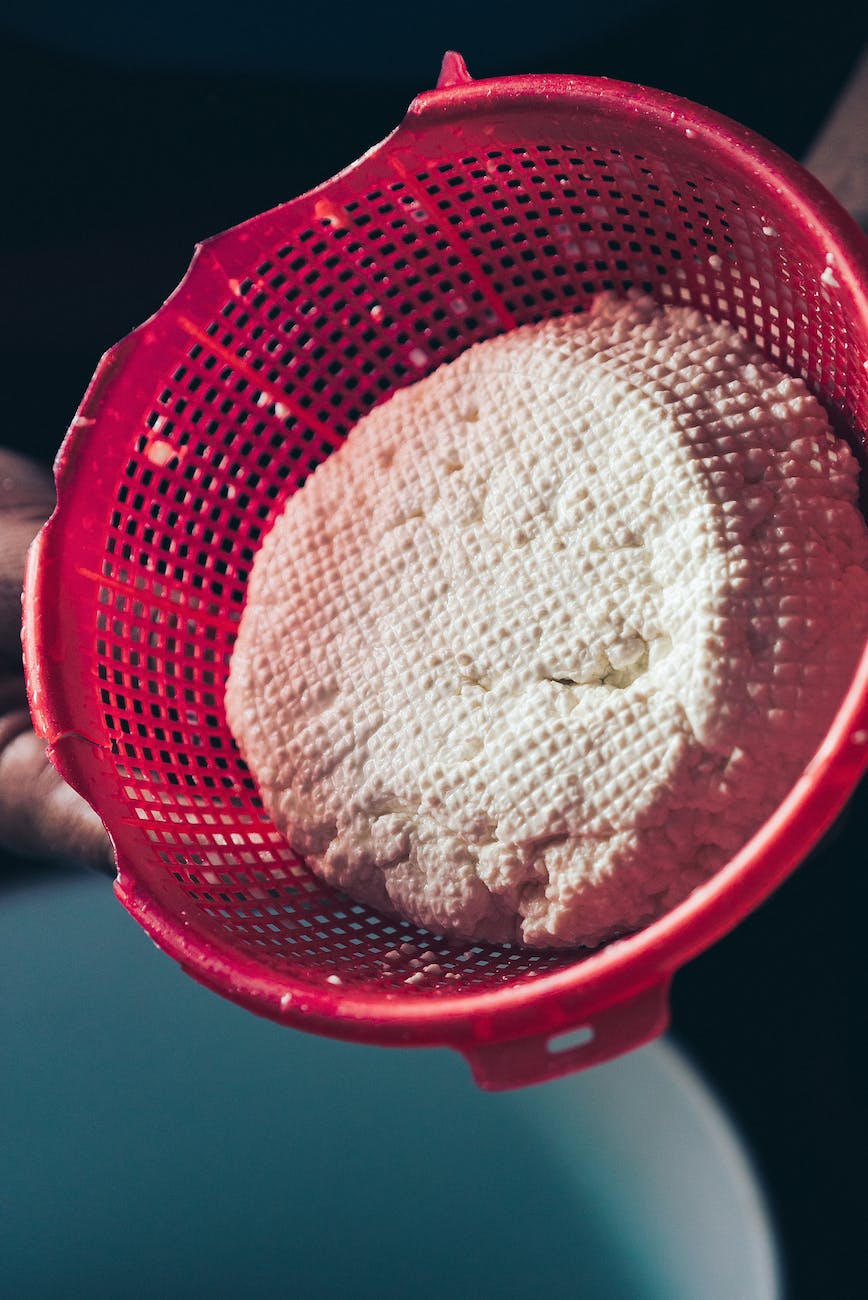
Understanding the Sudden Discomfort: Coffee and Your Stomach
For many, coffee is a cherished morning ritual, a comforting routine that signals the start of a new day. But what happens when this beloved beverage suddenly turns against you, causing unexpected stomach discomfort? Let’s dive deep into the world of coffee and its relationship with our digestive system.
1. The Acidic Nature of Coffee
Coffee is inherently acidic, which can be problematic for some individuals. The natural acids in coffee, such as chlorogenic acid, can stimulate the stomach to produce more hydrochloric acid. This increased acid production can lead to symptoms like heartburn, indigestion, or even gastroesophageal reflux disease (GERD) in susceptible individuals.
Did You Know? Dark roasted coffee beans tend to be less acidic than light roasted beans. If acidity is a concern, you might want to opt for a darker roast.
2. The Role of Chicory Root
Chicory root, often added to coffee blends, especially in certain European traditions, is known for its slightly woody and caramelized flavor. While it offers numerous health benefits, including being a source of inulin (a prebiotic fiber), it can also lead to gas, bloating, and other digestive issues in some people.
3. Caffeine: A Double-Edged Sword
While caffeine is the reason many of us turn to coffee, it can also be the culprit behind stomach discomfort. Caffeine stimulates acid production in the stomach, and for those with a heightened sensitivity to caffeine, this can result in acid reflux or similar symptoms.
4. Other Contributing Factors
- Artificial Additives: Flavored coffees might contain artificial sweeteners or syrups that can irritate the stomach lining.
- Empty Stomach: Drinking coffee on an empty stomach can increase acid production, leading to discomfort. It’s often recommended to have a small snack before your coffee.
- Grind Size & Brewing Method: The coarseness of the coffee grind and the brewing method can influence the coffee’s acidity. For instance, cold brew coffee is often less acidic than hot brewed coffee.
5. Exploring Solutions and Alternatives
- Switch to Low-Acidity Coffee: Brands that offer low-acidity blends can be gentler on the stomach.
- Milk Alternatives: Almond milk or oat milk can help neutralize coffee’s acidity. Some people also find that these milk alternatives are easier on the digestive system than traditional dairy.
- Limit Intake: If you’re consuming multiple cups a day, consider cutting back or spacing out your coffee intake.
- Consultation: Always consult with a healthcare professional if you experience persistent discomfort.
Conclusion
Coffee is a complex beverage with a range of compounds that can interact with our bodies in different ways. By understanding these interactions and making informed choices, you can continue to enjoy your coffee without the discomfort.
FAQs
- Why did I suddenly develop coffee sensitivity?
Sensitivities can evolve over time due to changes in our digestive system, diet, or even stress levels. It’s not uncommon for someone to develop a sensitivity later in life. - Is it the caffeine or the coffee causing the issue?
While caffeine can be a significant factor, other compounds in coffee can also contribute to discomfort. It might be helpful to compare how you feel after consuming other caffeinated beverages. - How does chicory coffee’s acidity compare to regular coffee?
Chicory coffee is often considered a low-acid alternative. However, the actual acidity can vary based on the blend and preparation method. - Are there any natural remedies for coffee-induced discomfort?
Herbal teas like chamomile or ginger can help soothe the stomach. Additionally, drinking water can help dilute stomach acid and reduce symptoms. - Can decaffeinated coffee be a good alternative?
Decaffeinated coffee has reduced caffeine levels, which might alleviate symptoms for some. However, it still contains other compounds found in regular coffee, so individual reactions can vary.
Blog Tags:
Coffee Sensitivity, Acid Reflux, GERD, Chicory Root, Caffeine, Digestive Health, Low-Acidity Coffee, Coffee Alternatives, Heartburn, Stomach Discomfort.













